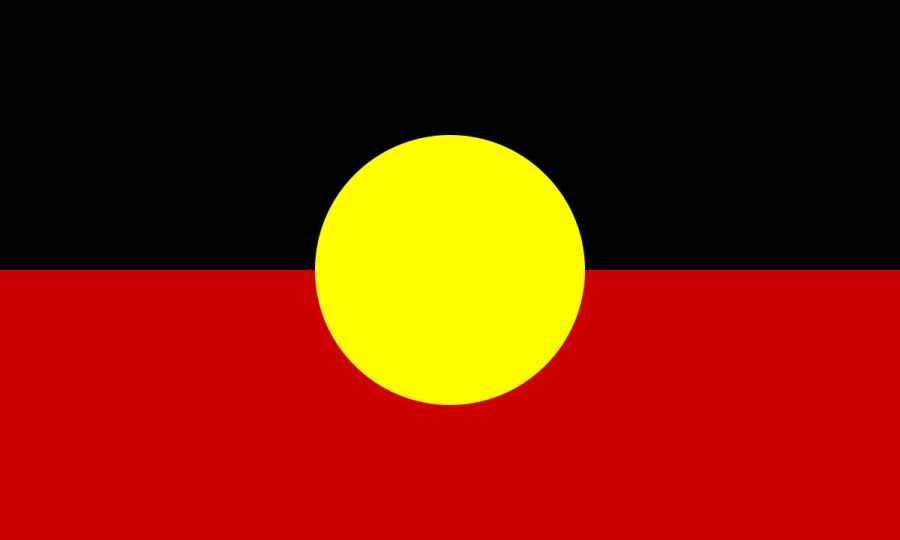Indigenous Activists Tell Cultural Survival What The Decade Meant To Them
Over the past 10 years, Australia’s Aboriginal people have continued their struggles to assert their indigenous identities and rights with varying degrees of success.While strides have been made in gaining land rights and the repatriation of both human remains and other artifacts, problems continue to exist. The federal government focuses on improving health, education, and employment for Aborigines, while often ignoring the importance of creating an indigenous rights platform. Still, Aboriginal people persist, ensuring that their voices are there to be heard and their cultural identities continue to exist.
Symbolic steps have been taken to advance the reconciliation of indigenous and non-indigenous people in Australia. National Sorry Day was first celebrated on May 26th, 1998 as a day to express sorrow for the effects brought on by the forced removal of many Aboriginal children from their homes during 150 years of assimilation efforts in Australia.
More practical strides have been made to support indigenous people. Organizations such as Yalu Marrngikunharaw provide cultural education programs for Aboriginal youth. In addition, there are Aboriginal efforts to encourage and sustain traditional beliefs, environments, and land management techniques.
Cultural remains have been returned to Aboriginal people under the Aboriginal and Torres Strait Islander Heritage Act, set in force on April 16, 2004. Land has also been returned. In 1996, New South Wales passed the National Parks and Wildlife Amendment (Aboriginal Ownership) Bill, which provided for the return of national parks and preserves to Aboriginal people, instituted Aboriginal involvement in the management of these parks, and called for the return of relics and cultural remains. The return of land allows Aboriginal people to care for sacred sites and to teach their children about them. Linda Ford explains, “We have to be able to go there, we have to live there and take care of it.”
Despite these positive steps, Aboriginal communities continue to face problems. Young people are affected by substance abuse, drug addiction, suicide, and apathy. The government occasionally breaks promises to return land to indigenous people. For example, in 1999, the government promised to return Eddystone Point to Tasmanian Aborigines. When the government offered this piece of land for public tender, Aborigines protested by occupying the land in November 2001.
A more recent setback for Aboriginal people in Australia has been the disbandment of the Aboriginal and Torres Strait Islander Commission, ATSIC, in April. ATSIC was the country’s only elected government agency that represented indigenous people. Australian Prime Minister John Howard explained that the commission was dissolved in an effort to mainstream its work, which will be distributed to other governmental agencies. He also explained that ATSIC had failed to alleviate problems for Aboriginal people.
The loss of ATSIC was met with criticism and concern on the part of indigenous leaders and activists. Richard Frankland, an Aboriginal musician and filmmaker, expressed concern that, with this action, Australia may have “gone backwards” on progress it had made toward providing Aboriginal people with a presence in the federal government.
With the abolition of ATSIC, several organizations have stepped up to ensure that Aboriginal people continue to have a national voice. Richard Frankland heads a pro-indigenous political party called Your Voice, which plans to focus on indigenous health, land, and equality and is open to both indigenous and non-indigenous people. Regional organizations have recently banded together to form the National Coalition of Aboriginal Organizations, providing another voice in the wake of the dissolution of ATSIC.
— Karin Oman, Cultural Survival intern

